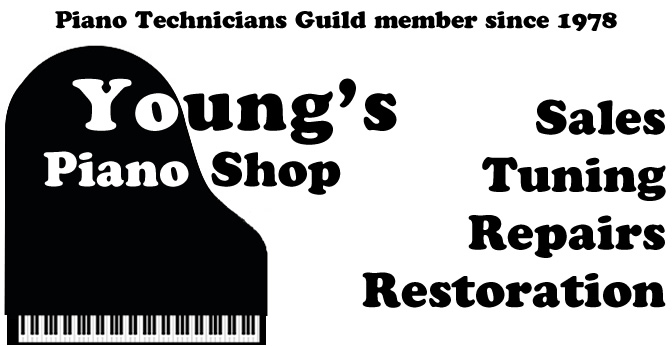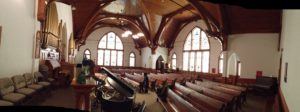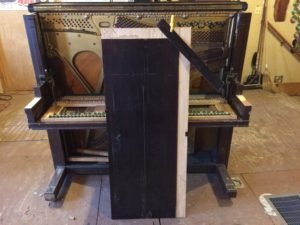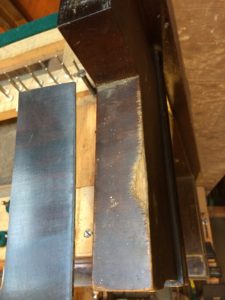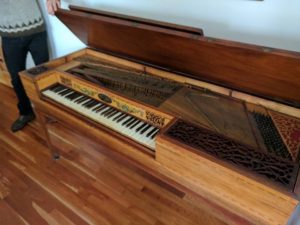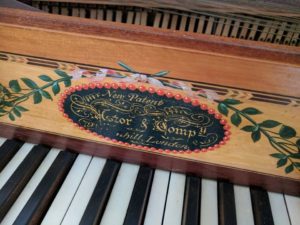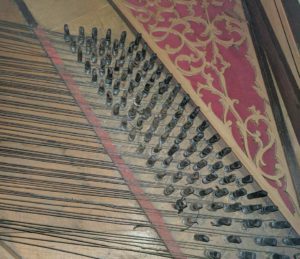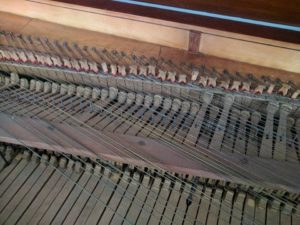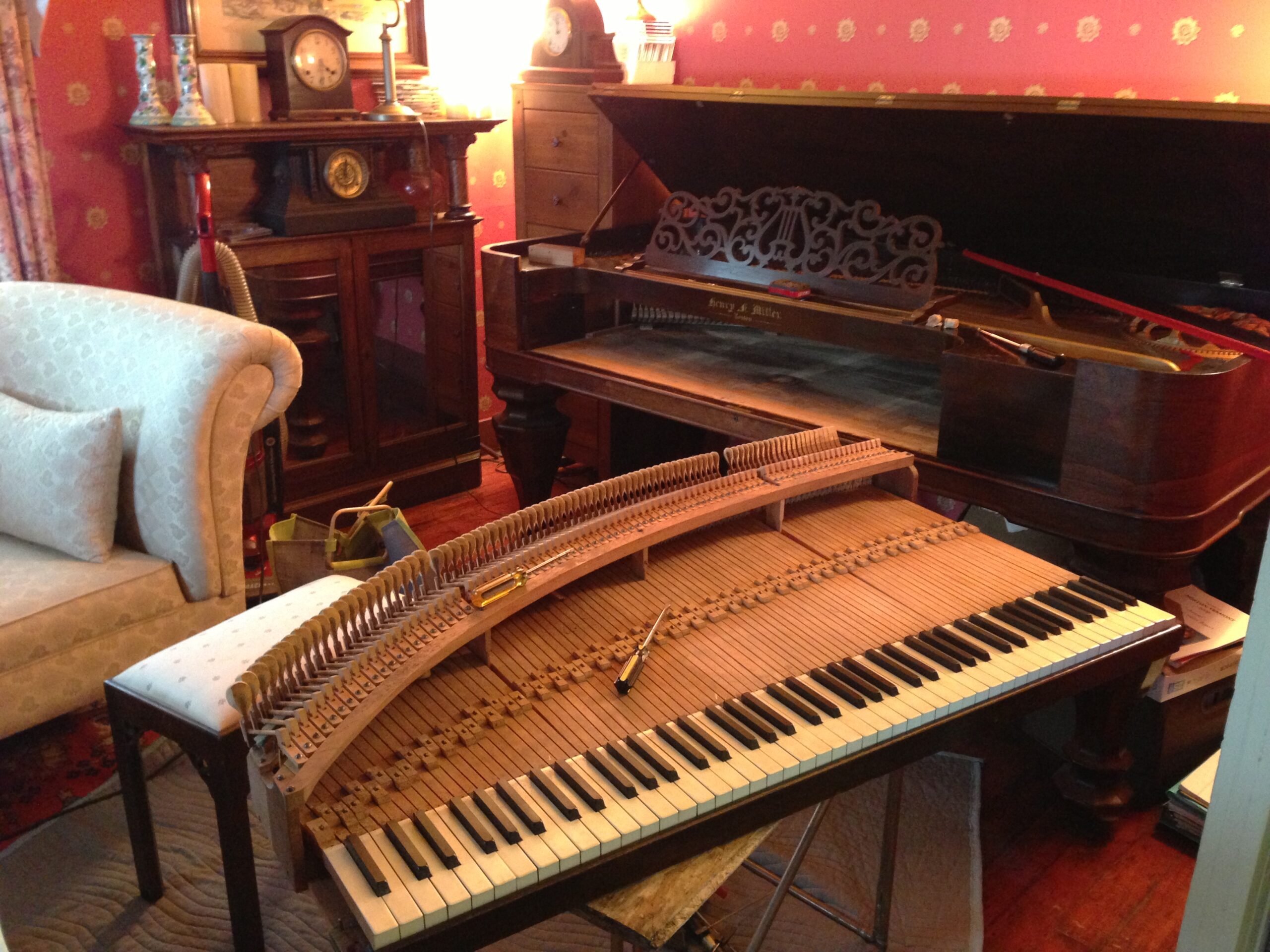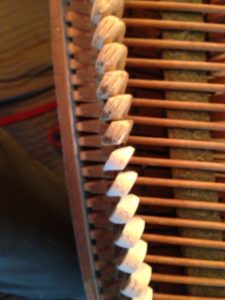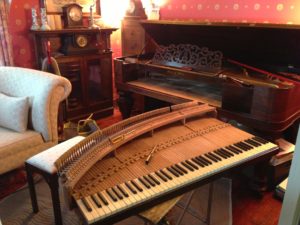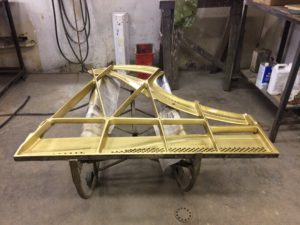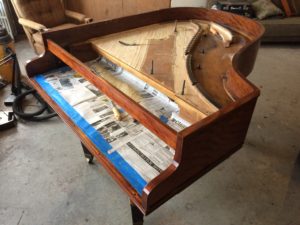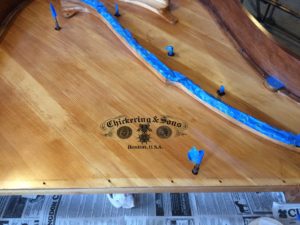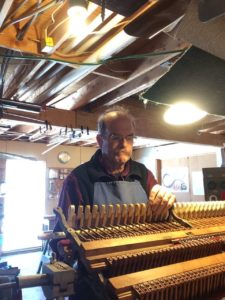After spending some quality time in the sunny south, Heidi and I have returned to witness spring in Vermont’s beautiful North East Kingdom. I spent the last two weeks catching up with many of my great tuning clients and their home service calls. I also finally added some pianos for sale to my website: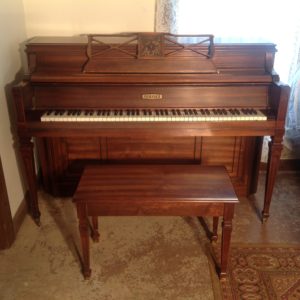
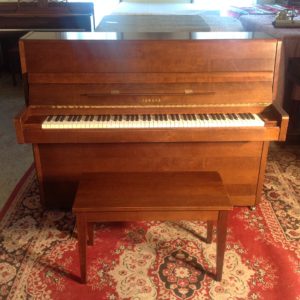
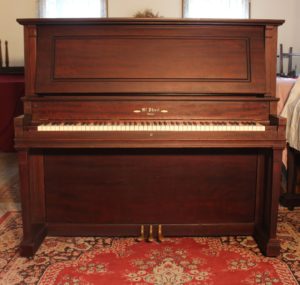
Next, I have a major grand piano restoration job starting this month for a local church, and I hope to find time to continue work on the Chickering Quarter Grand that has been my on-going shop project. Looks like a busy season ahead. I hope yours is looking good too!
